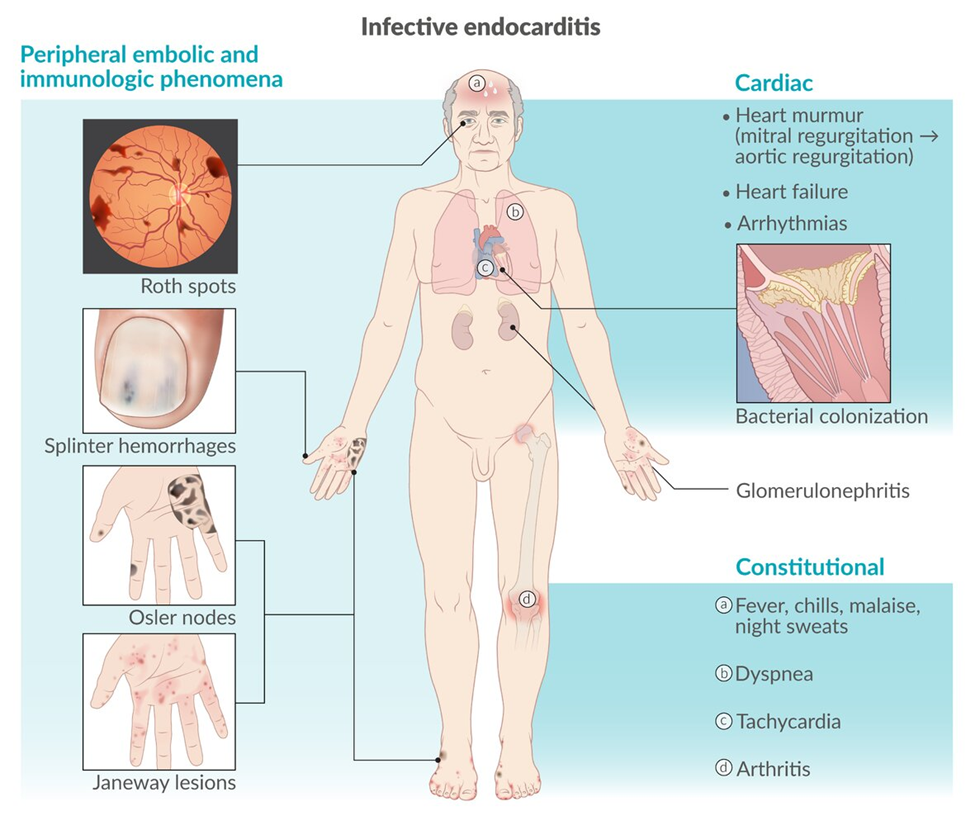A nurse is caring for a toddler who drinks 946 mL (32 oz) of whole milk per day and has a poor appetite. The nurse should identify the toddler as being at risk for which of the following conditions?
Iron deficiency anemia
Vitamin A toxicity
Impaired carbohydrate metabolism
Lactose intolerance
The Correct Answer is A
A. Iron deficiency anemia: Whole milk is a poor source of iron, and excessive consumption of whole milk can displace iron-rich foods from the diet. Therefore, a toddler who consumes a large amount of whole milk and has a poor appetite is at risk for iron deficiency anemia due to inadequate iron intake. Iron deficiency anemia is characterized by low levels of iron in the body, leading to decreased production of red blood cells and impaired oxygen transport.
B. Vitamin A toxicity: While excessive intake of vitamin A can lead to toxicity, it is unlikely to occur from consuming whole milk alone. Vitamin A toxicity is more commonly associated with excessive intake of vitamin A supplements or foods that are rich in preformed vitamin A, such as liver. Therefore, vitamin A toxicity is not a significant risk for a toddler who drinks whole milk.
C. Impaired carbohydrate metabolism: There is no direct relationship between whole milk consumption and impaired carbohydrate metabolism. Impaired carbohydrate metabolism is typically associated with conditions such as diabetes mellitus or metabolic syndrome, rather than dietary factors like milk consumption.
D. Lactose intolerance: Lactose intolerance is the inability to digest lactose, the sugar found in milk and dairy products, due to a deficiency of the enzyme lactase. While excessive consumption of whole milk may exacerbate symptoms in a child with lactose intolerance, it is not a risk factor for developing lactose intolerance itself. Lactose intolerance is more commonly observed in individuals of certain ethnic backgrounds or those with a genetic predisposition.
Nursing Test Bank
Naxlex Comprehensive Predictor Exams
Related Questions
Correct Answer is A
Explanation
A. New heart murmur
This is a common finding in infective endocarditis due to damage to the heart valves caused by the infection. The infection can lead to the development of new heart murmurs or changes in existing ones as the valves become affected.
B. Weight gain
Weight gain is not typically associated with infective endocarditis. In fact, individuals with infective endocarditis may experience weight loss due to symptoms such as fever, loss of appetite, and malaise.
C. Bradycardia
Bradycardia, or a slow heart rate, is not a typical finding in infective endocarditis. In many cases, individuals with infective endocarditis may actually present with tachycardia (rapid heart rate) due to fever and the body's response to infection.
D. Decreased body temperature
Infective endocarditis is often associated with fever, which would lead to an elevated body temperature rather than a decreased one.

Correct Answer is A
Explanation
A. "Reye syndrome causes fatty changes in the liver."
This statement is correct. Reye syndrome is characterized by acute non-inflammatory encephalopathy and fatty changes in the liver, which can lead to liver dysfunction and failure.
B. "Reye syndrome leads to venous thrombus formation."
This statement is incorrect. Reye syndrome primarily affects the brain and liver, leading to cerebral edema and liver dysfunction. It does not typically involve venous thrombus formation.
C. "Reye syndrome is associated with misuse of acetaminophen."
This statement is incorrect. While the exact cause of Reye syndrome is not fully understood, it is not associated with the misuse of acetaminophen. However, there is a well-established association between Reye syndrome and the use of aspirin (salicylates) during viral infections, particularly in children and adolescents.
D. "Reye syndrome is linked to decreased serum ammonia levels."
This statement is incorrect. Reye syndrome is associated with increased serum ammonia levels due to liver dysfunction and impaired ammonia metabolism. Elevated ammonia levels can contribute to the encephalopathy seen in Reye syndrome.

Whether you are a student looking to ace your exams or a practicing nurse seeking to enhance your expertise , our nursing education contents will empower you with the confidence and competence to make a difference in the lives of patients and become a respected leader in the healthcare field.
Visit Naxlex, invest in your future and unlock endless possibilities with our unparalleled nursing education contents today
Report Wrong Answer on the Current Question
Do you disagree with the answer? If yes, what is your expected answer? Explain.
Kindly be descriptive with the issue you are facing.
